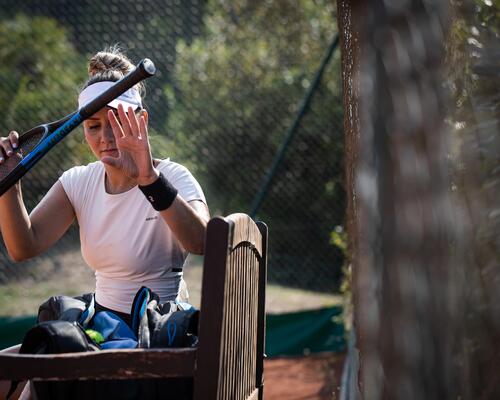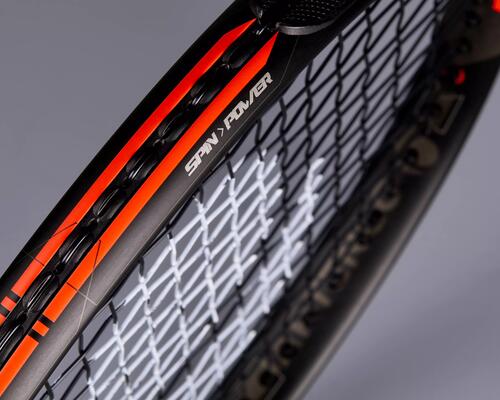Multi-filament
This is the stringing that is closest to gut strings. Multi-filament strings are made of several hundred synthetic micro-filaments assembled together and protected by a sheath.
This stringing type holds tension well, is comfortable and provides less power than gut strings but more than other types of stringing.
Benefits:
• Retains tension well;
• Good comfort;
• Power.
Ideal for
• Players breaking often (between 10 and 20 hours of play);
• Players looking for comfort and power;
• Regular players, playing 1 to 2 times a week.





